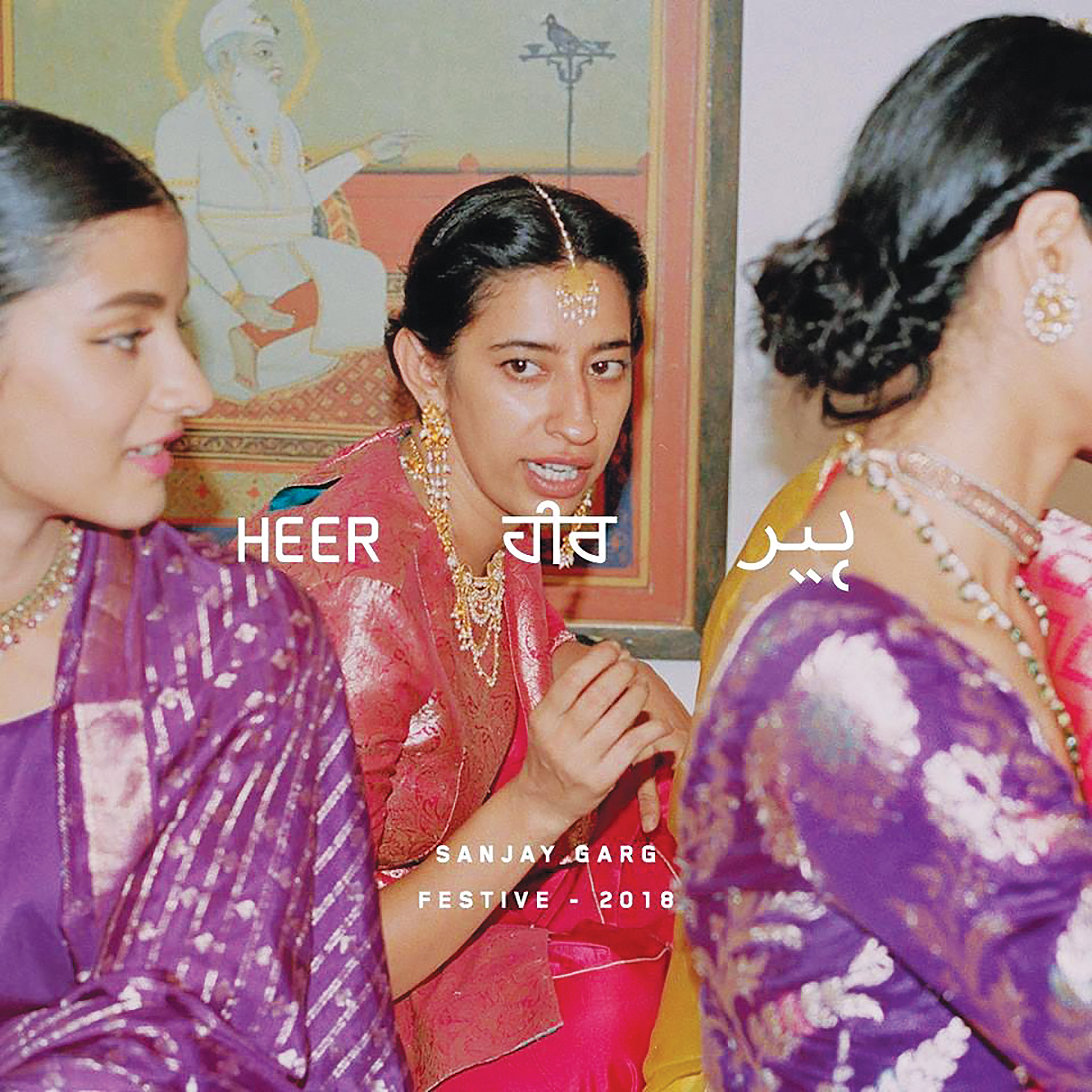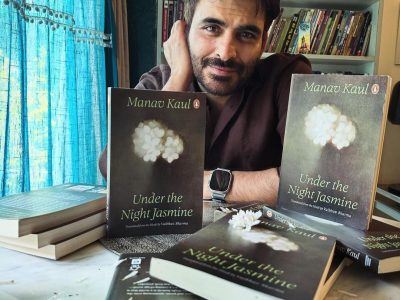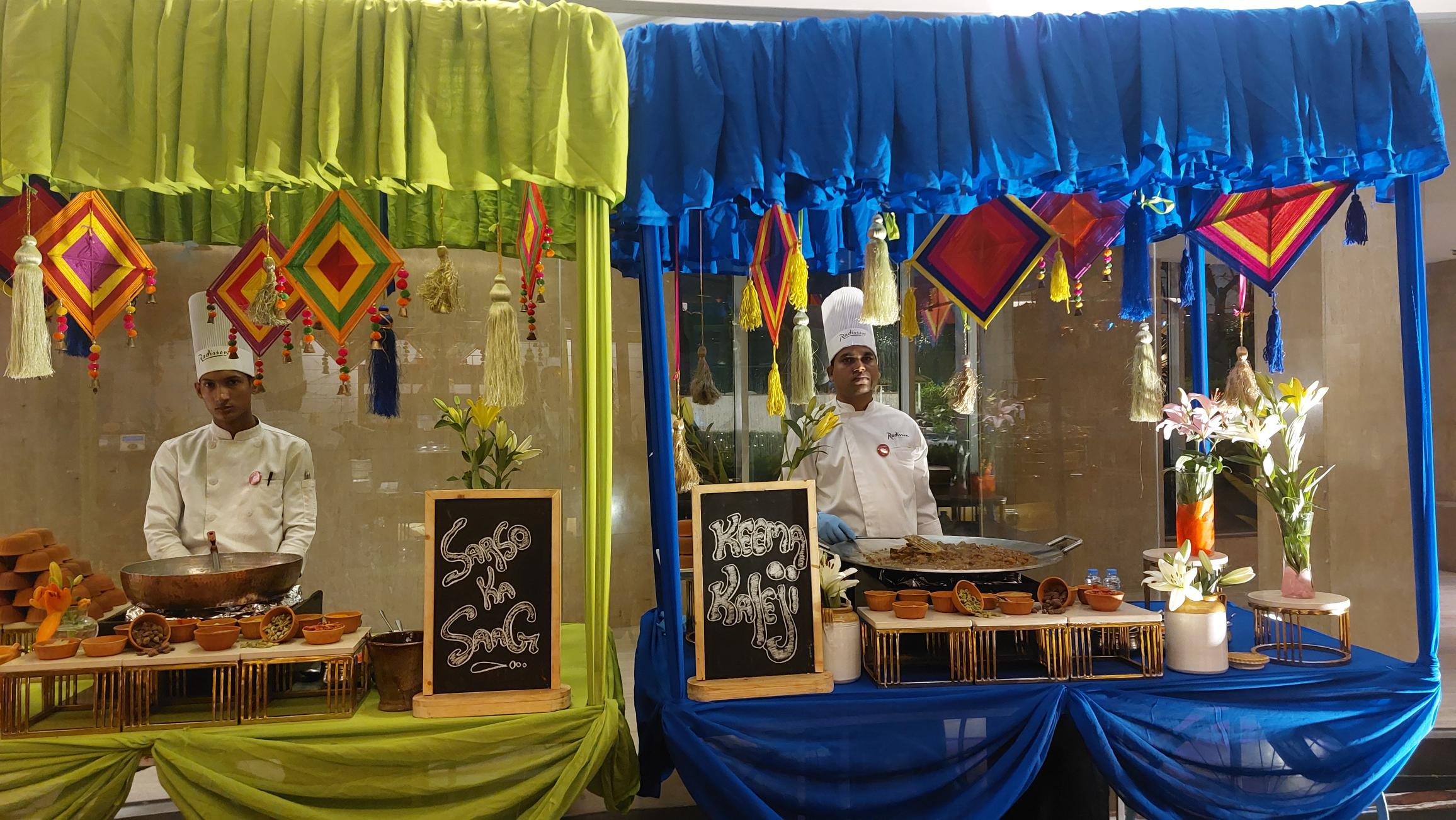As festivals and weddings make the winter months one mad whirl, every bride and her entourage need no excuse to check out the latest fashions, from ethnic to global brands
As a family wedding required us to shop for something that passes for ‘party wear’, we visited the sought-after stores in Delhi, starting with Zara. Filled with young adults scrolling through a series of outfits dipped in shiny sequin, the outlet had on offer mostly high street dresses that fits their style and budget preferences. Still waiting on the day Zara ventures into Indian wear. Would not that be a dream?
Our next visit was to a Fabindia store, that has a much calmer vibe with its basic design intervention where we saw mostly subtle dressers choosing the right cotton separates for the casual evening gatherings filled with intellectual conversations they were going to be a part of.
Moving ahead, stores like Ogaan and other multi designer hubs were witness to a frenzy, jampacked with shoppers who want the best designer wear at their disposal. However, the price range did not allow us to shop at the prestigious warehouse.
A conversation with an Indian scientist living in Denmark reminded us of the backstory of every impeccably dressed bride at the Great Indian Weddings. The memories of ladies in his family discussing fashion in his early childhood were experiences enough, that enabled him to believe the seriousness in the effort Indians make while dressing up. “Europeans may have been a pioneer in fashion design, but none celebrates fashion like we do. Have you seen how Indians discuss what they will wear for so and so function. I don’t see that happening here”, said the researcher working on sustainable energy. The idea of fashion design may not be truly Indian, but we have our own tales to tell, ideas to share and a couture fashion week that celebrates Indian wear as the most elaborate and important piece of clothing. The festive season – from Dussehra to New Years — is when it all comes into play, with weddings dotted all along the winter calendar. Wedding being a principal phenomenon for every Indian household, the process of dress selection is a relatable thing for many families.

So what are you wearing this festive season? It’s a gala season for all the cosmopolitan Indian families. We make memories, get married but what remains a constant is this urge to be ‘ready’ (aka picture perfect) and look our best through all these occasions of happiness. Social media, of course, keeps a relentless gaze on what we wear.
The markets are full of options to lure us into trying the most unique of outfits. There are good long discussions and multiple excursions to various markets that lead people into buying their most suited dress(es) for the festive season every year. So much so that, by the end of it, the dress hunting becomes a story of its own.
Diwali and Bhai Dooj are major productions in themselves. North Indians are known to invest way more than others on clothing, as they go all out when it comes to dressing up. A wedding or two in the family around this season of celebration only makes it more hectic for the family folks to decide on which dress(es) to wear for each function they will be attending.
The exercise happens for every member of the clan, that includes visits to every local market and designer outlet in the city, giving the family a glimpse of the vibe in the fashion market. A happy blend of the clothes seen in the market and a couple of cues from the costumes of the recent Bollywood hits decide the final wardrobe of even a young girl. Body and budget are the least of considerations – and there is no concession to the biting cold either.
How about trousseau shopping for the new bride? Well, that remains a not-so-private affair as the entire clan of ladies invited from the extended family arrive at a meeting point and start their lookout for the sought-after garment for the bride. It is a sort of a ceremony. You can imagine coconuts being smashed as part of a ritual and tilak on everyone’s forehead before the group leaves for these meetings with the jewelers and dress shop owners.
For the bride, the excitement starts months in advance. Inspiration is sparked by what the top actresses wore at their last festive appearance and in fact their own weddings. “We must try and find something like what Anushka Sharma wore on her wedding”, “I think I want something like what Sonam Kapoor wore on her mehendi.”
With many many designers settling for ethnic wear as their forte, the market space they enjoy is humongous. They use the entire idea of celebration and clothing as their collection campaign. Raw Mango, an Indian brand that uses handmade textile in their ensembles, known to make the most quintessentially Indian clothes, used Punjabi wedding frolic as their festive collection campaign. The imagery clearly shows what an Indian household is like during a wedding ¬, a bunch of young women dressed in shiny brocades, provoking a whole lot of us to ape the look of the season.
Even Pero, an Indian brand that is a hit in Europe for its international aesthetics, recently launched an Indian collection, giving buyers more food for thought for their upcoming shopping schedules.





